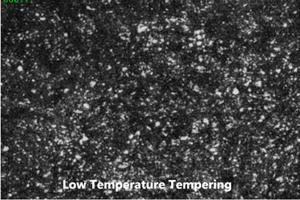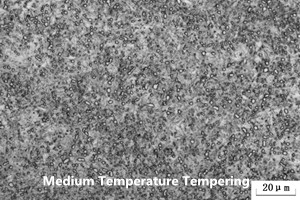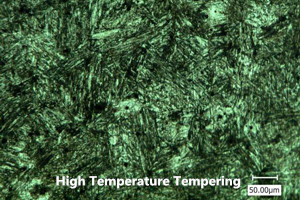Pipeline
API SPEC 5L-2011 (Pipeline Specification) is the American Petroleum Institute published pipeline standard used allover the world. Pipeline is used to extract oil, gas or water to the ground and transport to the oil and gas industry. Pipeline include seamless line pipe and welded line pipe, the pipe end can be threaded end, socket end, plain end, beveled end. The connection type for the pipe can be tip welding, coupling connection, socket connection.
Tempering Process for Producing Pipeline
According to different performance requirements for pipeline, there are three different types of tempering temperature categories:
1)Low Temperature Tempering (150 to 250 degrees)
The result of Low Temperature Tempering is Tempered Martensite. The goal is to keep the high hardness and high ware resistance of the steel, and at the same time to reduce the quenching stress and fragility. This producing process can avoid cracking or premature failure when apply the pipeline. After Low Temperature Tempering, the hardness is generally HRC58-64.
2)Medium Temperature Tempering
The result of Medium Temperature Tempering is Tempered Troostite. The goal is to obtain high yield strength, high toughness, and high elastic limit. It is mainly used for various pipes, after the Medium Temperature Tempering, the tempering hardness is generally HRC35-50.
3)High Temperature Tempering
The result of High Temperature Tempering is Tempered Sorbite. In general, High Temperature Tempering will be applied together with Heat Treatment, and we call these two processing technology as Quenching. The goal for High Temperature Tempering is to obtain high strength, hardness and ductility. These improving will increase the overall mechanical properties of pipeline. This technology is widely used for manufacturing automotive, pipeline, machine tools and other important structural parts. After the High Temperature Tempering, the hardness is generally HB200-330.



